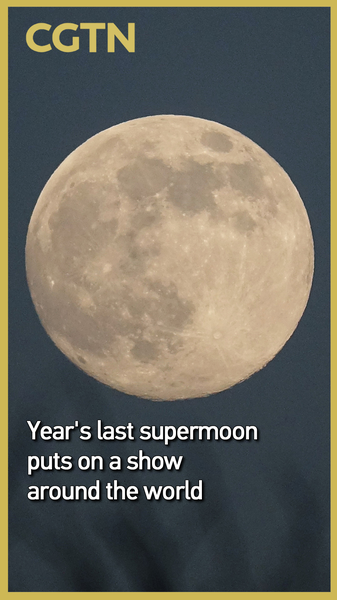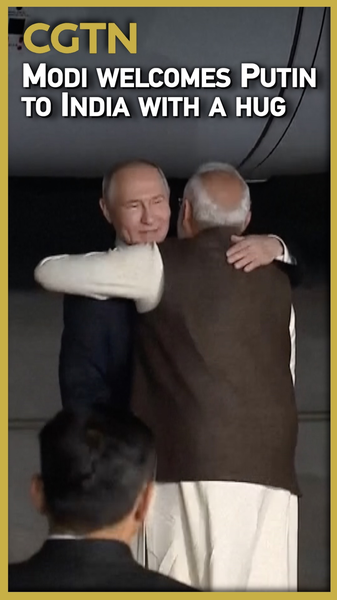On Thursday, the U.S. slapped new tariffs ranging from 10% to 41% on dozens of trading partners, setting off waves of debate across the globe 🌍. Branded as "reciprocal tariffs," these levies aim to pressure other countries to open their markets to U.S. goods. But do they make sense?
CGTN host Tian Wei sat down with Yuqing Xing, a professor at the National Graduate Institute for Policy Studies in Tokyo, to dig deeper. Professor Xing didn't hold back: he argues that these so-called reciprocal tariffs lack clear economic logic.
"The U.S. is using its power to pressure other countries while demanding they do not retaliate," Xing told Tian Wei. "This is not reciprocity, but chaos."
In simple terms, reciprocal tariffs should work like a two-way street: you raise tariffs on me, I raise them on you in return. But when one side has the power to impose wide-ranging levies without fear of pushback, the balance breaks down. Critics fear this could escalate into unpredictable trade battles, hurting businesses and consumers on both sides.
For young entrepreneurs and investors, the big question is: how will these tariffs reshape global supply chains and market access? Some experts warn that increasing trade tensions could disrupt exports, raise prices, and create uncertainty in industries from tech to agriculture 📈.
Whether these measures turn out to be a strategic move or a recipe for economic chaos remains to be seen. What’s clear is that the debate over reciprocity versus pressure is heating up—keep your eyes on global markets and stay informed!
Reference(s):
cgtn.com




